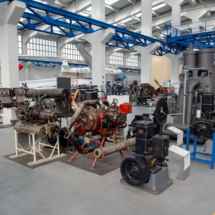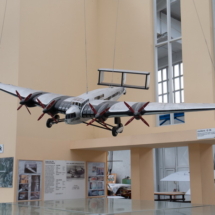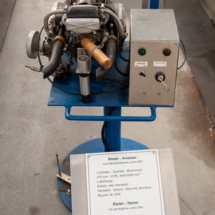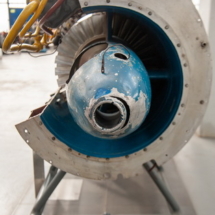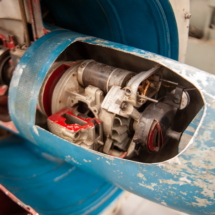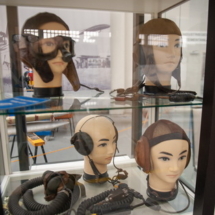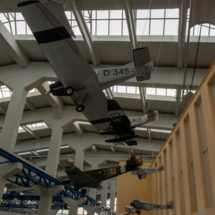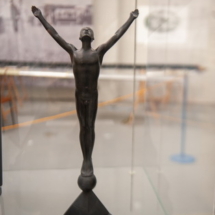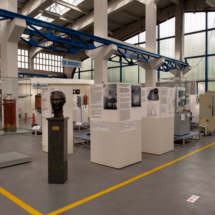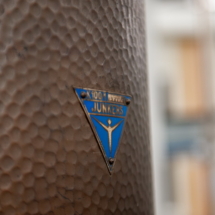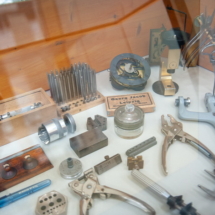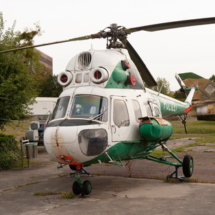As part of our cooperation with other associations, today we had an informative working visit to the technical museum “Hugo Junkers” in Dessau.
The technical heritage of Hugo Junkers is very remarkable, especially his inventiveness and creativity make his person something extraordinary. In 2001, the “Hugo Junkers” Museum of Technology was opened in his hometown of Dessau on the site of the former Junkers aircraft works. There is a lot to discover about heat technology, gas appliances, a metal house and furniture, engine and machine construction and aviation.
One of the highlights is certainly the Ju-52, which gained fame in the 1930s and subsequent World War II, as well as the JUMO-004 jet drive for the Me-262 or the Arado 234. But also lesser-known aircraft such as the Junkers F13, the first all-metal aircraft for civil aviation, can be admired there.
Currently, the J-1, the first tensionless and free-supporting, single-seat all-metal aircraft in the world, is faithfully reproduced by the local working group.
In the open-air area are some fighter planes of the former NVA as well as the impressive Junkers-Großer Windkanal, 1934, design by the aerodynamicist Philipp von Doepp in cooperation with the construction office Junkers-Stahlbau, an early industrial building in shell concrete construction. The Dessau wind tunnel served as a prototype for further wind tunnel constructions, such as in Warsaw and Moscow. In 1946, under the occupation of the Allies, the Potsdam Agreement, it was partially destroyed. On the initiative of former Dessau Junkers employees, the wind tunnel was classified as a technical monument in 1984.
It was a very interesting day for us filled with “technology” and conversations.





